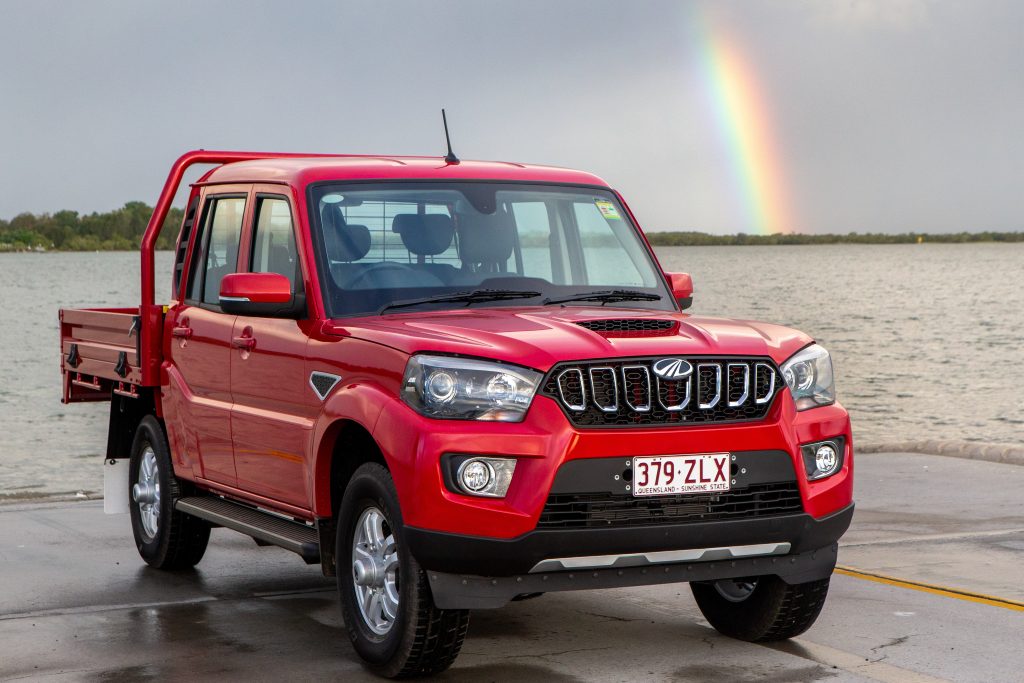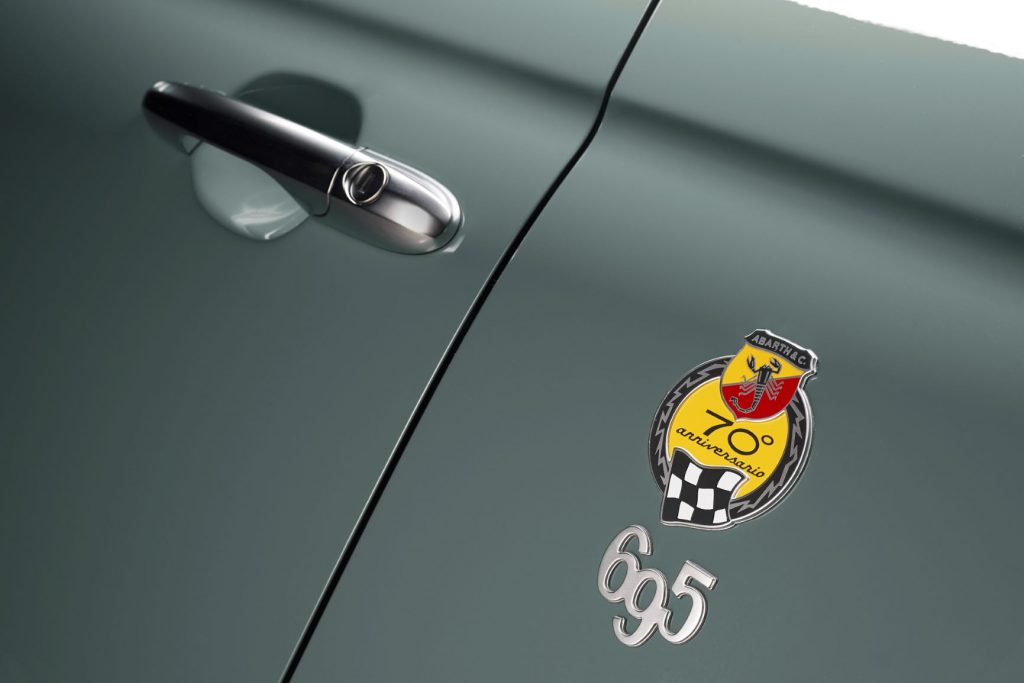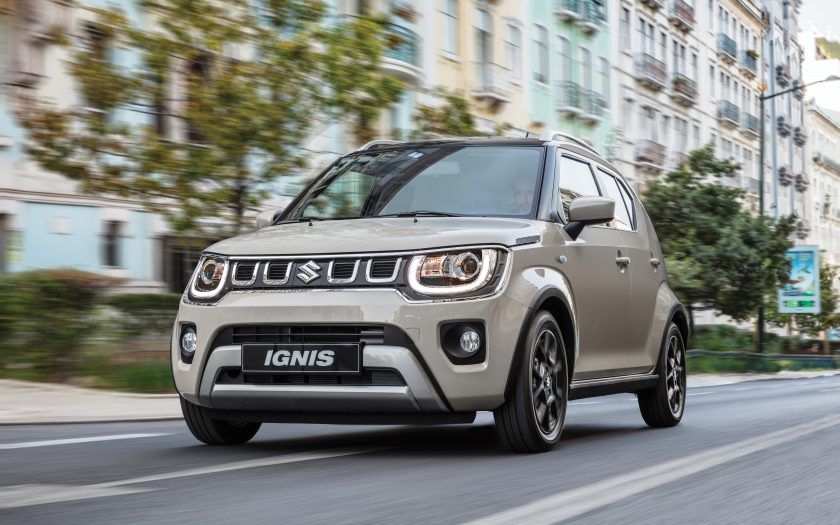BUYING A NEW CAR IS DIFFICULT enough without other factors coming in that may see you buying one about to be removed from the Australian market.
A new ADR (Australian Design Rule) is about to come into force as part of a broader initiative to enhance road safety that may see a number of car models disappear from showroom floors.
From March 1, ADR 98/100 introduces a mandate that will require all new vehicles sold in Australia, regardless of when they were launched, be equipped with autonomous emergency braking (AEB) as standard.
The legislation, initially drafted in 2021, will have an overall positive impact on road safety by reducing the number of read-end collisions, or reduce their severity if they do occur.
Most manufacturers will have replacement models ready, equipped with the required AEB systems. However, some vehicles will be unable to be updated due to the cost of other factors and “those models would need to be retired altogether.”

Australia’s adoption of the ADR 98/100 will bring the nation in line with European standards, based on the United Nations Regulation 152.
However, the introduction of this rule may have a ripple effect, potentially leading to higher car prices as manufacturers could seek to offset the costs of adding and upgrading AEB systems.
The Australasian Fleet Management Association (AfMA) has identified several models that will be discontinued from Australian showrooms due to non-compliance:
- The petrol-powered Fiat 500 and Abarth models;
- certain LDV G10, V80, and Mahindra Pik-Up variants;
- mainstream models like the Mitsubishi ASX, Eclipse Cross, and Pajero Sport;
- older Renault Kangoo and Trafic;
- Suzuki’s Baleno, Ignis, and S-Cross;
- Aston Martin DB11 and DBS;
- Lamborghini Aventador and Huracan; and
- some Porsche 718 versions.

James Williams, head of policy at the Royal Automotive Club of Victoria (RACV), supports the legislation, citing data that demonstrates AEB’s effectiveness in reducing collision severity and rear-end crashes.
“AEB has been proven to reduce the severity of collisions. Data from the Monash University Accident Research Centre shows AEB can reduce vehicle occupant trauma by 28 percent, while data from Europe’s New Car Assessment Program (NCAP) – Australia’s New Car Assessment Program European sister organisation – shows it can cut rear-end crashes by 40 percent,” he said.
The RACV’s stance is clear: vehicle safety and the potential to reduce road trauma should take precedence over dealership profits.
As the nation moves towards this new era of automotive safety, it’s a reminder to all drivers that the cars we choose not only reflect our personal style but also our commitment to safety on the roads.
As these changes loom on the horizon, it’s essential to stay informed about the status of your vehicle. If you’re in the market for a new car, consider the long-term benefits of choosing a model with AEB. And for those whose cars are facing retirement, it may be time to explore the latest offerings that comply with the new standards.
